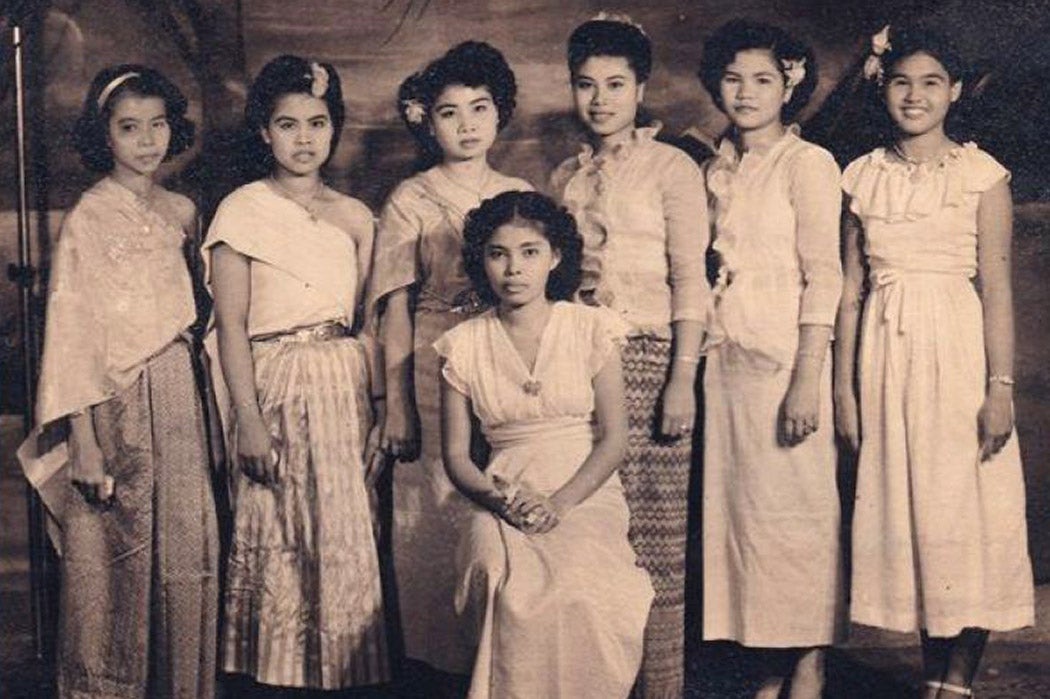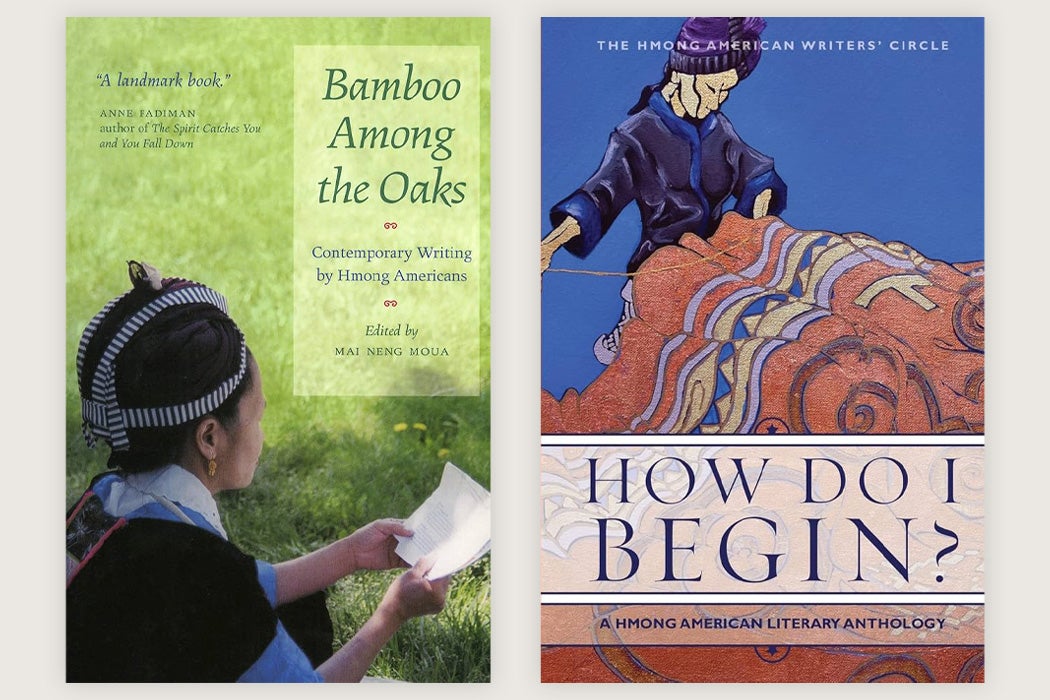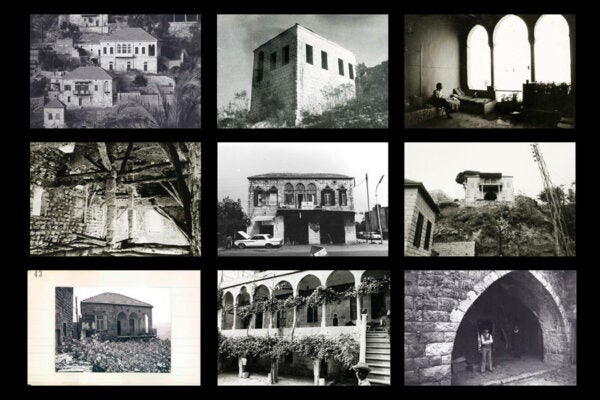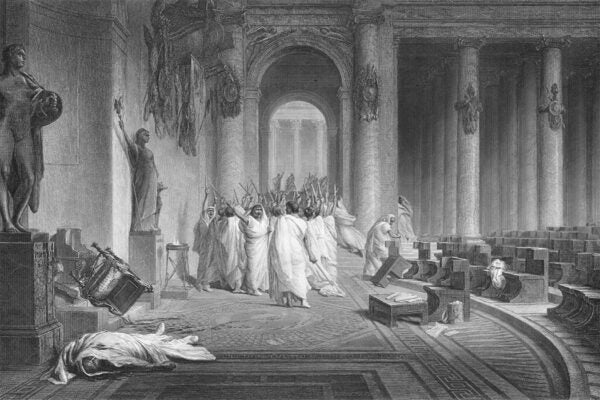A serial murderess sounds like an unlikely nationalist heroine. But homicidal Praphimphan isn’t just the protagonist of the 1949 novel Huang rak haew luk; she’s also the author’s ideal of Thai femininity. In this groundbreaking work, also known as Sea of Love, Chasm of Death, author Luang Wichit Wathakan presents a “new, exciting and international model of the modern militant Thai woman,” according to literary scholar Thak Chaloemtiarana.
Luang Wichit Wathakan was a well-traveled polyglot who was born in 1898 and joined the foreign service when he was just twenty. After the system of absolute monarchy ended in 1932, he threw himself into the task of “establish[ing] new values for Thai society” by turning his pen to “overtly didactic” literature.
“Luang Wichit’s imaginative mind helped to promote a belief in the primacy of the state, the immutability of the Thai race, the necessity of militarism and the worship of historical personalities as national heroes and heroines,” explains Thak.
Before writing Huang rak haew luk, Luang Wichit had authored numerous plays, most of which were historical dramas. Even at that stage in his career, his interest in the lives of ordinary men and women was clear: The play Lueat suphan (Blood of Suphan), for example, follows a Burmese officer and a Thai woman as ill-fated lovers during the Burmese occupation of Ayuthaya.
As Hollywood movies edged out live theater in the 1940s, Luang Wichit turned his pen to novels. In Huang rak haew luk, he raises the depiction of Thai women from “actors on the national and regional stage” to “new roles as important international actors,” writes Thak.
Protagonist Praphimphan starts the novel as a devoted middle-class daughter, albeit one with unconventional habits: she drinks coffee, is a crack shot, and leaves home to work in a factory. Soon, though, Praphimphan’s deadly streak asserts itself. Under various illicit pretexts, she kills a suitor, a lover, and a husband before falling in with the teenage girl Waewta, who has also committed murder. The pair move to Europe for an unspecified course of study—an activity that, Thak notes, “had been nearly exclusively the prerogative of Thai men.”
Upon their return to Thailand, Waewta marries the son of the man she killed, but Praphimphan has to go on the run again after becoming involved in another homicide. She’s assisted in her escape by Supharat, a Mon-Malay gun runner who expresses shame about hailing from an area once claimed by Thailand but now colonized by the British in Burma. But the big-hearted Praphimphan is unfazed by Supharat’s origins.
“Fellow Asians and nationalists are natural friends to the Thai whose country has never been colonised,” Thak suggests.
Upon reaching Africa, Praphimphan winds up in the remote fictional kingdom of Senabad and decides to head for Geneva to advocate for Senabad’s recognition by the League of Nations. Her eventual marriage to a struggling writer is short-lived, as her husband kills himself when their daughter is born deaf. Praphimphan then travels to Europe to find a cure for the child.
At the end of the novel, “Praphimphan decides to return to Thailand to make peace with her enemies and to cremate her father—very Buddhist motivations,” Thak writes. But Praphimphan’s enemies aren’t forgiving—they turn her in to the authorities, and she dies in a police shootout.
More to Explore
Searching for Home in Hmong American Writing
Despite Praphimphan’s turbulent life, Thak observes that the text “valorise[s] her as a woman of the people” who is forced to resort to violence to protect women let down by men and the law. “Interweaving the themes of modernity, femininity, violence and nationalism on an international scale, Luang Wichit…glorifies in Huang rak haew luk a new role for the modern Thai woman.”
Thak also calls attention to Luang Wichit’s complex expression of Thai nationalism in the novel. For instance, the episode in Senabad allows him to examine “how a new dynasty is formed”—a scenario that reflects challenges in Thai nation-building at the time the novel was written—while Praphimphan’s unsuccessful bid to represent Senabad at the League of Nations “highlights the author’s fascination with diplomacy and Thailand’s role in international politics.”
Luang Wichit goes so far as to make the queen of Senabad—who is half French and half Lao—speak the courtly Thai language and declare to border officials in Hungary that she is a Thai. While this scene “reflects the author’s Pan-Thai aspirations” and exposes his prejudice toward Laotians, Thak thinks that it’s “interesting that the author asserts that Hungarians consider themselves Asian—pushing the scope of Pan-Asianism rather dramatically.”
Weekly Newsletter
Ultimately, Thak notes, Luang Wichit breaks radically with tradition in idealizing modern Thai women as “dangerous lovers” rather than the aristocratic wives in earlier classical literature.
“In his preface to the second printing,” he writes, “Luang Wichit asserts that…Praphimphan represents the new Thai woman: her imaginary life of love, lust and murder provides lessons to the reading public about how women can overcome their adversaries.”








